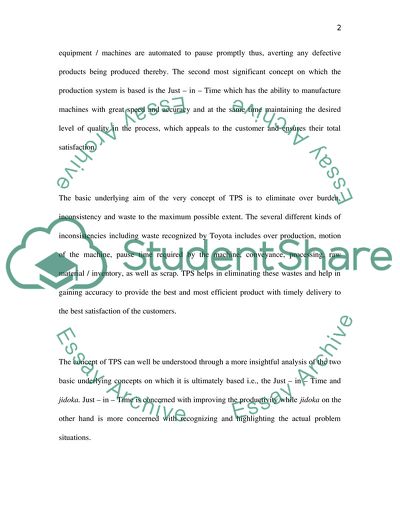Cite this document
(The Success of Production System Term Paper Example | Topics and Well Written Essays - 2500 words, n.d.)
The Success of Production System Term Paper Example | Topics and Well Written Essays - 2500 words. Retrieved from https://studentshare.org/marketing/1718801-toyota-production-system
The Success of Production System Term Paper Example | Topics and Well Written Essays - 2500 words. Retrieved from https://studentshare.org/marketing/1718801-toyota-production-system
(The Success of Production System Term Paper Example | Topics and Well Written Essays - 2500 Words)
The Success of Production System Term Paper Example | Topics and Well Written Essays - 2500 Words. https://studentshare.org/marketing/1718801-toyota-production-system.
The Success of Production System Term Paper Example | Topics and Well Written Essays - 2500 Words. https://studentshare.org/marketing/1718801-toyota-production-system.
“The Success of Production System Term Paper Example | Topics and Well Written Essays - 2500 Words”, n.d. https://studentshare.org/marketing/1718801-toyota-production-system.


